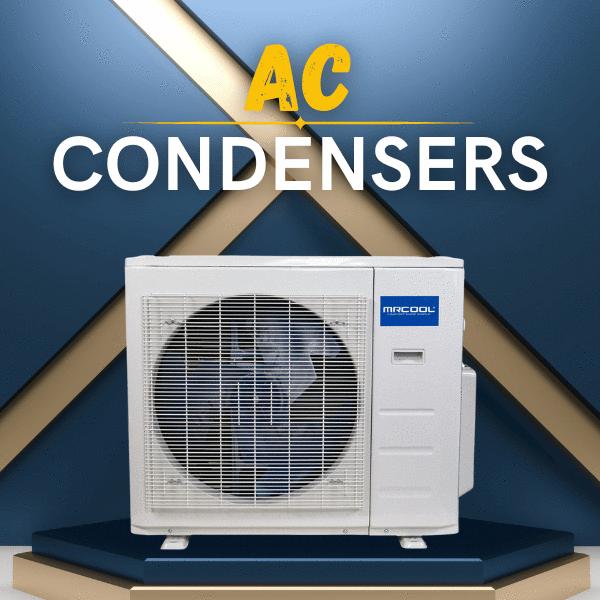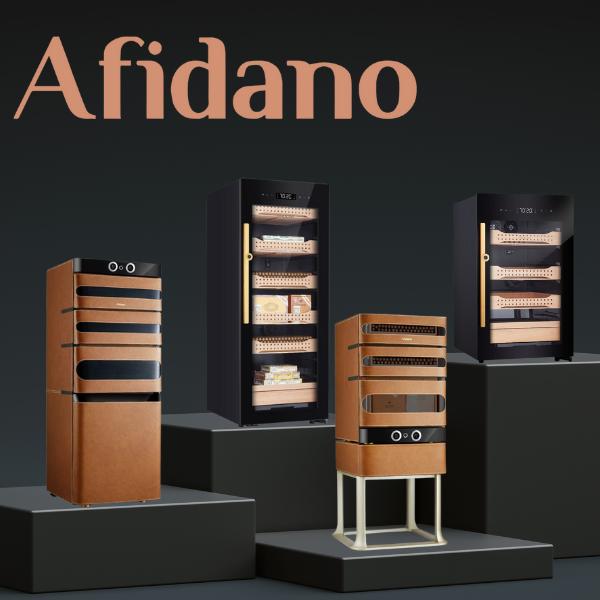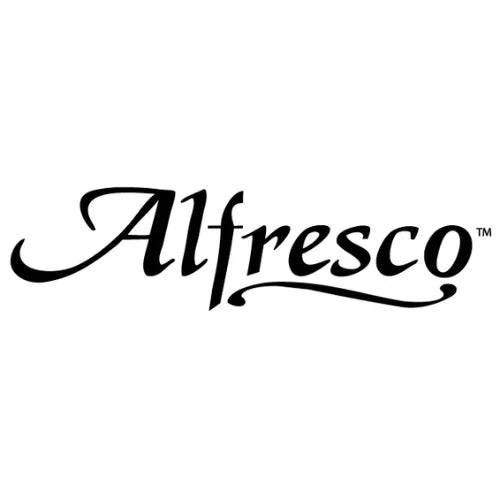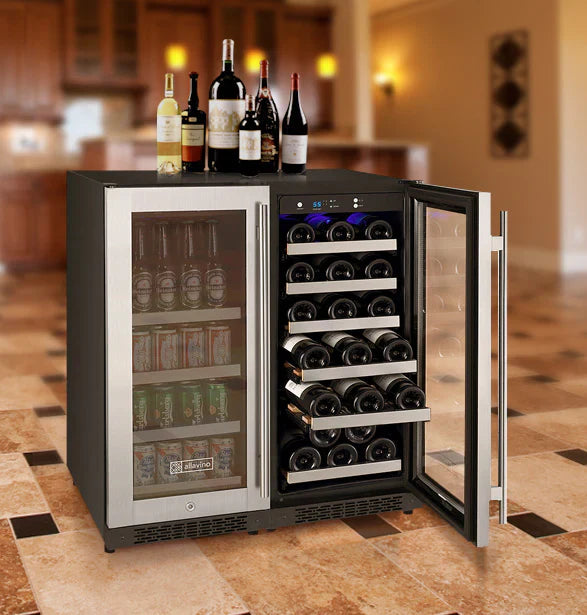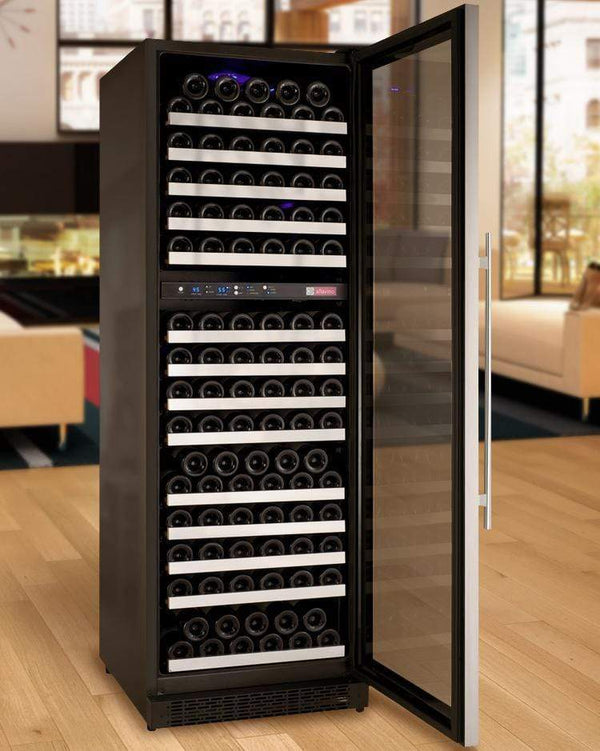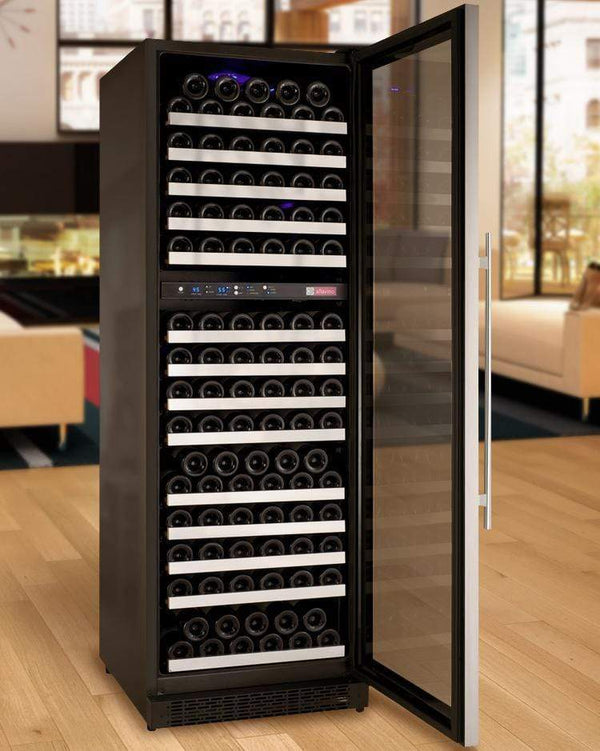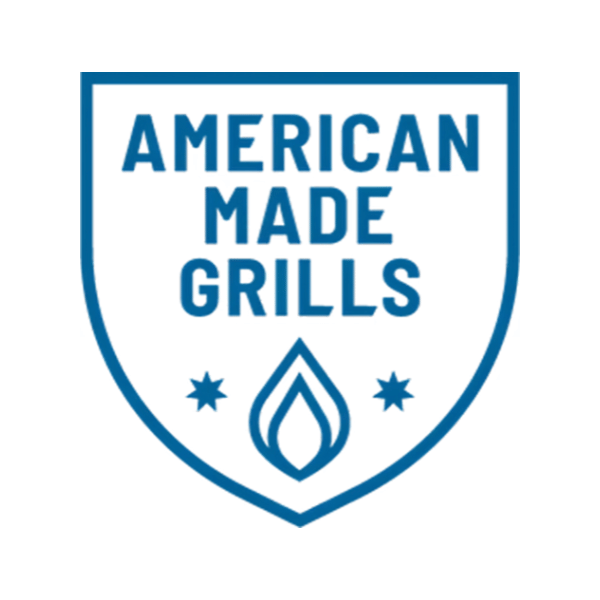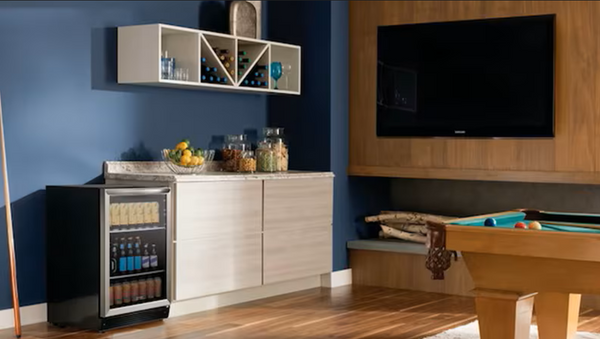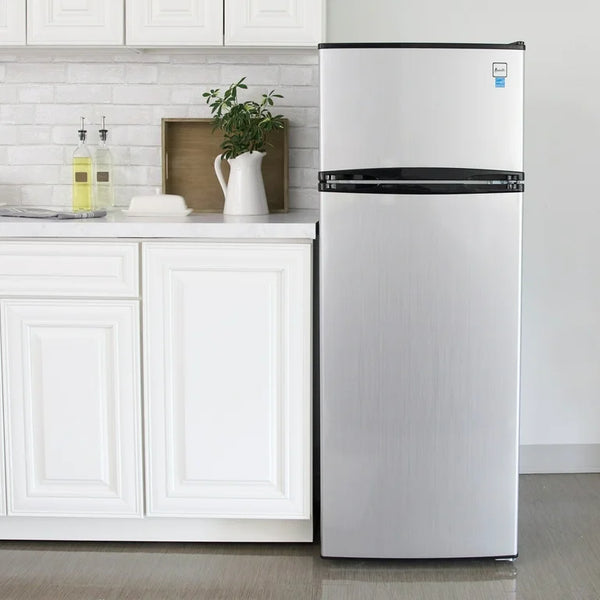How to Build a Wine Cellar in the Basement: Step By Step Guide
Constructing a Basement Wine Cellar: Detailed Instructions
By Jim Hopper, Wine Cooling Expert
Building your own wine cellar in the basement is a rewarding project that ensures your valuable wine collections are preserved in optimal conditions. Wine cellars should be located in a cool, dry place, away from natural light, with no vibrations, no unpleasant odors, and at a manageable temperature in order to preserve your valuable wine collections. And do you know where all of these can be found? The Basement.

The basement is the best choice since it’s easier to keep a stable wine cellar temperature and humidity, as well as being insulated from other wine-damaging elements such as direct light and vibrations.
Did you know that most DIY wine cellars and home wine cellars are found in basements? That’s because subterranean spaces are generally the easiest to wine cellar temperature control, also in terms of wine cellar cooling and humidity, heat, and light.
So if you have an extra space or spare room in your basement that you're planning to construct or renovate a wine cellar in houses, that's excellent! We've laid out a step-by-step guide below to get you started on building a wine cellar in your basement.
For an even more comprehensive overview of wine cellar construction, be sure to check out our complete wine cellar building guide. It covers everything from initial planning to advanced design tips—making it a perfect companion to this step-by-step basement wine cellar guide.
Benefits of a Basement Wine Cellar
A well-built basement wine cellar:
- Maintains ideal conditions for aging and preserving wine
- Adds value and luxury appeal to your home
- Provides organized, accessible storage for your collection
- Offers energy efficiency by leveraging the basement’s natural insulation
- Creates a unique space for entertaining and enjoying wine
Assessing Your Basement Space
Assessing your basement space is a crucial step in building a wine cellar. You need to evaluate the space to determine if it’s suitable for a wine cellar. Here are some factors to consider:
-
Natural Light: Wine cellars should be located in areas with no natural light, as it can damage the wine. If your basement has windows, you may need to install blackout curtains or shades to block out the light.
-
Temperature: The ideal temperature for a wine cellar is between 45°F and 65°F. If your basement is too warm or too cold, you may need to install a wine cellar cooling unit to maintain a consistent temperature.
-
Humidity: Wine cellars require a humid environment, with a relative humidity of 50% to 70%. If your basement is too dry or too humid, you may need to install a humidifier or dehumidifier to maintain the optimal humidity level.
-
Vibrations: Wine cellars should be located in areas with minimal vibrations, as they can damage the wine. If your basement is located near a laundry room or a home gym, you may need to take steps to reduce the vibrations.
-
Electrical Outlets: You’ll need to install electrical outlets to power your wine cellar cooling unit, lighting, and other equipment. Make sure to install outlets that are designed for use in a humid environment.
By carefully assessing these factors, you can ensure that your basement is a suitable environment for your wine collection, providing the ideal conditions for proper wine storage.
For more tips on choosing the perfect location, see our guide on the best places to put a wine cellar in your home.
Quick Reference Checklist for Your Basement Wine Cellar
- Assess space for leaks, light, and vibration
- Plan for insulation and vapor barriers (R-19 walls, R-30 ceiling)
- Seal concrete floors and walls
- Choose a reliable cooling system
- Install water-resistant walls and ceilings
- Select proper wine racks and horizontal storage
- Use exterior-grade, well-sealed doors
- Plan for lighting, ventilation, and air quality
- Add personal touches: tasting area, decor, security
Implementation Guidance:
- Integrate these sections as outlined above.
- Use clear headings and concise language to maintain readability.
- Keep transitions smooth—link new content to adjacent sections for logical flow.
Want more step-by-step help? Check out our DIY wine cellar guide and how to build the perfect wine cellar.
Requirements for a Basement Wine Cellar
Before you start building a wine cellar in your basement, you have to meet certain conditions for proper wine storage. Missing any of these factors may compromise the quality of your wine.
1. Temperature

First and foremost, it’s so important to understand how temperature affects wine. The ideal temperature should be between 45ºF to 65ºF with 55ºF being the best.
Many factors can influence temperature change, therefore the setup must be accurate. That being said, when working on basement finishing, consult with an expert to determine the best solutions for maintaining a consistent temperature.
Learn more about ideal temperature for storing wine at home and why proper wine storage matters.
Does a wine cellar need to be cooled if it's located in the basement?
Yes. Temperature fluctuations may occur inside the basement, having a substantial impact on the quality of the wine. You will need a wine cellar cooling system for wine room temperature control and wine storage humidity control.
How to cool the wine cellar in the basement?
Installing wine storage units or wine cellar refrigeration units, commonly known as Wine Cellar Cooling Units, in your basement is how to keep the wine cellar cool.
2. Humidity
Humidity also has an impact on wine in several ways. Wine cellar humidity levels should be between 50% and 70%. If it exceeds 70%, mold will grow on the labels and glue, and some degradation may occur. If the humidity falls below 50%, the cork will dry up, harming the quality of the wine.
3. Darkness
The next requirement is that the lighting in the basement should not be too bright. Wine should be stored in a dark place because direct sunlight, UV light, and intense lighting can hasten the aging process. Most basements are naturally dark and cool, making them perfect for wine storage.
Proper lighting will be explained later in this article.
4. Vibration-free
Furthermore, any vibrations may alter the composition of the liquid contained within wine bottles. Wine must be perfectly still until they are ready to serve. Never place a wine cellar near large machines or equipment that causes vibration or vibration-producing rooms.
5. Wine Racks
Wine racks are essential to store wine properly, ensuring that bottles are placed horizontally, at a 45º angle with the cork facing down, or anywhere in the middle. This prevents the cork from drying and ensures that no air enters the bottle by keeping the wine in continual contact with the cork.
Using the proper wine racks is the solution. The golden rule is that once a bottle is placed in the rack, it should not be moved, and it is better not to even touch it.
Design and Aesthetic Inspiration
Your basement wine cellar can be as simple or as stylish as you like. Consider:
- Wood vs. Metal Racks: Wood offers a classic, warm look (cedar and redwood are popular), while metal racks provide a modern, sleek appearance.
- Hybrid Designs: Combine wood and metal for a unique, custom feel.
- Decor: Add wine-themed artwork, accent lighting, or a chalkboard for tasting notes.
- Ambiance: Use dimmable LED lighting to create a cozy, inviting atmosphere.
Designing your cellar to reflect your style makes it a space you’ll enjoy sharing with friends and family.
For more inspiration, explore our wine cellar design ideas and top custom designs for elegant wine storage.
For more personalized assistance or to bring your vision to life, visit our Wine Cellar Design support page for expert guidance and custom solutions.
Pre-Building Process: Preparation Steps

Before you grab your tools and begin working on the basement, there are a few things you need to check first:
- Before building a wine cellar, find out if you need a permit. Check to ensure that your cellar construction meets local, state, and national building regulations.
- Assess and inspect the basement you’ll be working on.
- Look for water leaks, air circulation, and light sources.
- Gather the essential materials, keeping in mind that the wall will require insulation to keep the temperature stable.
- Check the floors. Make sure the floor is not weak or uneven, especially for walk in wine cellars. Since vibrations harm wine, choosing the type of flooring is important.
- Concrete flooring needs to be sealed.
Cost and Budgeting for Your Basement Wine Cellar
Building a basement wine cellar can range from a budget-friendly DIY project to a significant investment if you opt for high-end finishes and professional installation.
- DIY builds may start around $1,000–$5,000 for basic insulation, racking, and a cooling unit.
- Professional installations with custom racking, advanced cooling, and premium finishes can exceed $10,000–$40,000 or more, depending on size and features.
Major factors affecting cost include cellar size, materials, type of cooling system, racking style, and whether you add extras like tasting areas or specialty lighting. Consider your wine collection’s current and future size when budgeting.
Step-by-Step Guide: Building a Wine Cellar in Your Basement
Building a wine cellar in your basement requires careful planning and execution. Here’s a step-by-step guide to help you get started:
1. Check for Leaks

Examine the basement thoroughly for air, water, and light leaks that could potentially harm your wine collection. The first step in building a wine cellar in your basement is to remove any moisture. The goal is to build a properly sealed wine cellar.
When evaluating the space, ensure that the ceiling has at least R-19 insulation and that the concrete floor and concrete foundation walls are sealed. Because moisture can easily penetrate through concrete, you must seal it with a concrete sealant. Similarly, if you have floor tiles, the grout must also be sealed.
2. Framing Walls and Ceiling
Installing Studs
If you haven’t done it yet, you must stud the space first before you begin framing.
You can insulate and build your wine cellar walls using 2x4 or 2x6 studs. A good choice for insulation is R-19. However, you must need at least R-30 for the ceiling.
Notes:
- For new construction, you may use a 6 mil vapor barrier. For studding, proceed to step #4. If you're going to use spray foam, you may continue with this step.
- The 2x6 construction is a preferable choice if you want to improve insulating value while reducing wine cooler unit size and energy consumption. This is comparable to insulating your home to lower your monthly utility costs.
- You should obtain a permit and adhere to all local, state, and national building codes when building a home wine cellar in your basement.
Soffits
Make sure the lighting in the soffit is far away from the final racking or ducting depth, including the crown molding depth when installing a soffit to hide the ductwork, pipes, or other obstructions. Make sure you know all the measurements: depth of your racking, crown molding, and ring size of your wine cellar's light fixture.
As a general rule, a 1-inch gap between the front of the crown molding and the edge of your lighting. You can insulate the area around them with IC can lights.
You might be asking, how to install a wine cellar cooling unit? It depends on the type of wine cooling system you have. Continue reading to learn about each type of installation.
For Ducted Wine Cellar Cooling Systems Installations

A ductwork and line set will be required if you're installing a ducted wine cellar cooling unit in your basement wine cellar. The air handler needs to be placed in a separate room such as a mechanical or utility room, and the ducting will be installed in the wine cellar. The line set of the air handler is then run to the condenser. Although most condensers are placed outdoors, some can be installed indoors. You'll also need to run a drain line and install electricity at this point.
Looking for a Ducted Wine Cellar Cooler Unit? Check these out
For Ductless Split Wine Room Cooling Unit Installations

You will need to run the line set if you are getting a ductless split wine cellar cooling unit. The line set connects ductless wine cellar cooling units to the location of the condenser. Although most condensers are installed outside, some can be installed inside. At this point, you'll also need to run a drain line and install electricity.
Need a new split system? Buy Ductless Split Wine Room Cooling Units
For Self-Contained Wine Storage Coolers Installations

If you choose to install a Self-Contained Wine Cooling Unit or Through-the-Wall Wine Cooler Unit, you'll need to construct a hole through the wall just big enough for the wine room cooler unit to fit through. Depending on the model, you'll also need to install an electrical outlet near the cellar, which could be on the inside or outside of the wine cooling unit.
You'll need to make space for a condensate drain because most of these wall-mounted wine coolers require one. Also, some of these units can't bring wine cellar humidity, so a wine cellar humidifier will need to be plugged into a 110V outlet.
Shop for Self-Contained Wine Cellar Cooling Systems
- Self-Contained Fully Ducted Wine Cooling Units
- Self-Contained Through-the-Wall Wine Cooling Units
- Wine Cabinet Coolers / Cabinet Wine Cooling Units
Who makes the best wine cellar cooling unit?
Some of the top wine cellar cooler brands include WhisperKOOL, Breezaire, and CellarCool.
You can browse our entire collection of wine cooling systems, which includes everything from mini wine cellar air conditioners to large modern wine cellar refrigeration units, commercial and residential wine cellar coolers, and other wine cellar refrigeration needs here: Wine Cellar Cooling Units
What is the best wine cellar cooling unit?
Here's an article for you: 10 Best Wine Cellar Cooling Units
How to determine the size of wine cellar cooling unit?
If you need help with the dimensions of the wine cellar or how to size a wine cellar cooling unit, you may contact our experts through our Contact us page.
3. Insulation and Vapor Barrier
Type of Insulation & Vapor Barrier
The most commonly used for wine cellar insulation and vapor barriers are fiberglass batts and spray foam or a 6-millimeter vapor barrier. The vapor barrier protects the insulation on both warm and cold sides. Make sure the basement’s ceiling and walls are completely sealed with a vapor barrier.
Spray foams do not require a 6 mm vapor barrier. However, they cost more, but they have the advantage of preventing a vapor barrier rupture caused by screwing, piping, running cable, or other materials into or through the wall from outside the wine cellar. If you use a non-shrinking closed cell spray foam, the screw will not damage the enclosure, and the foam expands to cover and tightly seal all cracks. Make sure there are no air gaps between the insulation and the drywall for both procedures.
Whether you’re building small home wine cellars in your basement, such as a modern wine closet, walk-in wine cellar, or wine cellar cabinet, you should follow the same steps and guidelines.
For a deeper dive, check out our article on the best wine cellar insulation options.
For New Construction
Installing a 6 mm vapor barrier at the back of the wall studs is the best thing to do for new construction, and if you won't be using spray foam. You'll also need to cover your ceiling joists and floor if they're not on a slab.
Note that in some regions, there are regulations that require all vapor barriers to be installed on the warm side of the wine cellar. Spray foam insulation is recommended.
For Remodeling / Renovation
If you’re rebuilding or renovating your basement wine cellar, you should wrap the existing studs in the space in the same manner as the ceiling joists. The vapor barrier should be on the warm side or exterior wall of the wine cellar.
Once the vapor barrier has been placed, fill the stud and joist voids with insulation. Fiberglass batts are the most used type of insulation. Fiberglass has an R-13 insulation value in a 2x4 wall cavity and an R-19 insulation value in a 2x6 wall cavity. Insulation must be fluffed to prevent voids and gaps.
Fill Holes and Wrap Walls
Allow enough vapor barrier to wrap around the corners, overlap the seams, and tuck them tight using tuck tape (not duct tape). Fill all gaps in studs and joists with fire-rated penetration sealant to limit air movement.
Important Things to Remember
- Closed-cell foam insulation is more resistant to air, vapor, and water. Insulation and vapor barrier are required to prevent moisture leaks in your basement wine cellar.
- Closed-cell foam insulation is the best wine cellar insulation for humid climates since it doesn't require an additional vapor barrier, regulates humidity efficiently, and prevents minor punctures from screwing.
- Closed-cell spray foam can be replaced with rigid foam board insulation or fiberglass batt insulation.
- Choose R-19 for the walls and R-30 for the ceiling when it comes to insulation. The higher the R-value, the better the insulation.
4. Flooring

Concrete is the best material for wine cellar flooring. Anything other than concrete, such as wood and rugs, should be avoided. They're far too porous and leaky. Concrete can be permeable, which is why it should be sealed.
Allow 28 days for the concrete to cure completely. Seal the floor with penetrating sealers (silanes and siloxanes) or high-performance coatings (epoxies and urethane) once the concrete has been fully set.
If you're planning to use a sealer on a tiled floor, make sure it'll work with the tile's adhesive.
5. Electrical Outlet
Electrical outlets should be installed in the empty spaces at the corners where your wine racks connect together. See if one of the wine rack posts is blocking it. Follow your local building code when installing outlets in your wine cellar, as this will take precedence over any recommendations made.
To connect your lighting, there is no need to install an electrical outlet in the high reveal racking space. The cord will be able to reach the outlet's dead area. If you need an outlet in this position, let your design consultant know so they can properly locate the outlets for you. Switches should be used for high reveals and accent lighting, such as archway lighting.
6. Finishing the Walls
Finishing the walls is an important step in building a wine cellar. You’ll need to install walls that can withstand the humid environment and maintain the optimal temperature and humidity levels. Here are some options to consider:
-
Water-Resistant Drywall: This is a popular choice for wine cellar walls, as it’s resistant to moisture and can withstand the humid environment. Water-resistant drywall, also known as Green Board, is readily available and easy to install, making it a practical choice for DIY wine cellars.
-
Concrete Blocks: Concrete blocks are another option for wine cellar walls. They’re durable and can withstand the humid environment, but they may require additional insulation to maintain the optimal temperature and humidity levels. Concrete blocks can provide a sturdy foundation for your wine cellar, but be sure to seal them properly to prevent moisture penetration.
-
Insulated Panels: Insulated panels are a great option for wine cellar walls, as they provide excellent insulation and can withstand the humid environment. These panels are designed to maintain a consistent temperature and humidity level, making them ideal for wine storage. They can be a bit more expensive, but their efficiency in maintaining the right conditions for your wine collection can be worth the investment.
By choosing the right materials for your wine cellar walls, you can create a stable environment that protects your wine collection and enhances the overall aesthetic of your basement wine cellar.

After the studs, vapor barrier, insulation, and electrical outlets have been installed, the next step is to cover the walls and ceiling. Use materials that can withstand the high humidity levels in your basement wine cellar.
Water-resistant Drywall, also known as Green Board drywall, is recommended for wall and ceiling coverings because it can withstand high humidity levels. Because this is the same drywall used in most homes and is readily available.
DIY wine cellar walls and ceilings should be fastened with water-resistant drywall. Use fire-rated puncture sealants to seal any penetrations on both sides of the wine cellar.
Finishing the walls can help you create the style you want for the cellar room while also keeping the wine at a consistent temperature. For the interior walls, make sure you use water-based exterior grade paint.
7. Lighting
There are a few limitations when it comes to lighting solutions for a basement wine cellar in homes. You must use thermally fused can lights, also known as IC-rated cans, if you wish to use can lighting in a wine cellar.
UV lamps may have a negative impact on long-term storage which has also been a source of concern. Although there is no scientific data to support either viewpoint at this time, several industry professionals recommend avoiding UV lighting.
8. Wine Cellar Door

Choosing the Proper Wine Cellar Door
Glass paneled doors are attractive and widely used in wine cellars, but they have a low R-value (insulation). If you're planning to use glass, a wine cooling unit with a larger BTU output may be necessary to compensate for the lower R-value. However, larger wine cooling units will never fully compensate for a poorly insulated wine cellar.
Glass doors should have a well-sealed thermal pane unit with an overall thickness of ⅝” or ¾”, at least double-paned and tempered glass elements if applicable. The edges of the glass frame should also be sealed.
The wine cellar door must be at least 1 ¾” thick.
Installation of Wine Cellar Door
You'll need to use an exterior grade door with weatherstripping on three sides and a threshold and door sweep on the bottom. An interior door will not work with this application. The ideal wine cellar temperature is between 55°F - 58°F, with a wine cellar humidity of 55% to 75%, so you'll need a barrier between it and the rest of your house, which will be closer to 70°F and 20% in most parts of the United States. If you go with a glass door, make sure it's thermopane to provide insulation and prevent condensation from forming on the glass due to temperature differences. You can also install solid wood doors if you want.
Glass is not the best material for a cellar door. A glass door may be appealing, but it is not ideal for wine cellars. A single pane of glass provides virtually no insulation. For the optimum results, it should be at least 1/2 inch thick, UV-protected, and tempered. Framed glass, similar to what you'd put on your home's exterior doorway, is an upgraded version that consists of thermally broken frames with dual-pane glass.
The best option is to get a door designed exclusively for wine cellars. If that is too costly, an exterior-grade door is the next best option. Hollow core interior doors will not provide adequate insulation, so make sure the wine cellar door is well-sealed.
9. Wine Racks
Wine racks can be built or installed. Always keep in mind that bottles with corks should be placed on their sides or horizontally, not vertically. Furthermore, be careful when carrying your collection into the new cellar. It's a delicate job and a lot can go wrong. It's better to take your time than to rush it.
You can buy them as kits or have custom wine racks made. Kit racks come in a variety of sizes and shapes and are less expensive than custom wine racks. Custom wine racks are made to accommodate the size and shape of your wine cellar while holding your wine collection perfectly.

Look through our wine racks collection: Wine Racks
Wine Coolers Empire offers one of the best wine racks. Take a look at this article: Ultra Wine Racks and Cellars
Addressing Ventilation and Air Quality
Proper ventilation and air quality are essential for a wine cellar. Here are some tips to help you address these issues:
-
Ventilation: You’ll need to install a ventilation system to remove stale air and bring in fresh air. This can be achieved through a combination of vents and fans. Proper ventilation helps prevent the buildup of odors and ensures that your wine cellar remains a pleasant environment.
-
Air Quality: You’ll need to maintain good air quality in your wine cellar to prevent the growth of mold and mildew. This can be achieved through the use of air purifiers and dehumidifiers. Air purifiers can help remove contaminants from the air, while dehumidifiers can control excess moisture, both of which are crucial for maintaining a healthy wine cellar environment.
-
Humidity Control: You’ll need to maintain the optimal humidity level in your wine cellar to prevent the growth of mold and mildew. This can be achieved through the use of humidifiers and dehumidifiers. Keeping the humidity level between 50% and 70% ensures that your wine labels and corks remain in good condition, preserving the quality of your wine.
By addressing ventilation and air quality, you can create a wine cellar that not only protects your wine collection but also provides a comfortable and inviting space for you to enjoy.
Discover more about proper wine cellar ventilation and why it’s essential for long-term wine preservation.
Adding Finishing Touches
Adding finishing touches to your wine cellar can make it a beautiful and functional space. Here are some ideas to consider:
-
Wine Racks: You’ll need to install wine racks to store your wine collection. There are many different types of wine racks available, including wooden, metal, and glass. Choose wine racks that complement the style of your wine cellar and provide easy access to your wine bottles. Custom wine racks can be designed to fit your space perfectly, while kit racks offer a more budget-friendly option.
-
Lighting: You’ll need to install lighting to illuminate your wine cellar. There are many different types of lighting available, including LED, incandescent, and fluorescent. LED lights are a popular choice for wine cellars because they produce minimal heat and are energy-efficient. Consider using accent lighting to highlight your wine collection and create a warm, inviting atmosphere.
-
Flooring: You’ll need to install flooring that can withstand the humid environment and maintain the optimal temperature and humidity levels. There are many different types of flooring available, including concrete, tile, and hardwood. Concrete is a durable and practical choice, but it should be sealed to prevent moisture penetration. Tile and hardwood can also be used, but make sure they are properly sealed and suitable for a wine cellar environment.
Incorporating Tasting Areas
Incorporating a tasting area into your wine cellar can make it a functional and enjoyable space. Here are some ideas to consider:
-
Wine Tasting Table: You’ll need to install a wine tasting table to provide a comfortable and convenient place to taste wine. Choose a table that fits the style of your wine cellar and provides enough space for you and your guests to enjoy your wine collection.
-
Wine Glasses: You’ll need to install wine glasses to provide a convenient and elegant way to serve wine. Consider installing a wine glass rack or cabinet to keep your glasses organized and easily accessible.
-
Seating: You’ll need to install seating to provide a comfortable and convenient place to sit and enjoy wine. Choose seating that complements the style of your wine cellar and provides a comfortable place for you and your guests to relax.
By incorporating a tasting area into your wine cellar, you can create a space that is not only functional but also a place where you can enjoy and share your wine collection with friends and family.
By adding these finishing touches, you can create a wine cellar that is not only functional but also a beautiful space to showcase your wine collection.
Maintaining Your Basement Wine Cellar
To ensure your wine collection stays in top condition, regular maintenance is essential:
- Clean surfaces and dust racks regularly to prevent mold and dust buildup.
- Monitor temperature and humidity with a digital thermometer and hygrometer—many modern systems offer remote monitoring.
- Inspect for leaks or mold periodically, especially around doors, windows, and flooring.
- Calibrate monitoring equipment as needed to ensure accurate readings.
- Check insulation and vapor barriers if you notice any unusual changes in cellar conditions.
A little regular attention will help your wine cellar operate efficiently and keep your collection safe.
Security and Extra Features
If your collection includes rare or valuable bottles, consider adding:
- A lockable door or security system for peace of mind.
- Wine inventory software or a simple logbook to track your collection and tasting notes.
- A small wine library or display area for wine books, maps, or accessories.
These touches can make your wine cellar both secure and uniquely yours.
For more tips, see the best advice you could ever get about storing wine.
Wine Cellar Design
Once you've done transforming that empty space in your basement into your dream wine cellar, you may contact our design consultant and send them the final dimensions to finish your wine cellar's design.
Ready to start your project or need expert advice? Explore our Wine Cellar Design support page to connect with our specialists and discover custom design solutions tailored to your basement wine cellar.
We can help you with wine cellar ideas and designs, please feel free to contact us or call us at +1-888-407-7770 for inquiries.
📚 Frequently Asked Questions (FAQs)
How do you store wine in the basement?
What are the requirements for a wine cellar?
How to plan a wine cellar?
What is the difference between a basement and a wine cellar?
What is the proper storage temperature for wines in a home cellar?
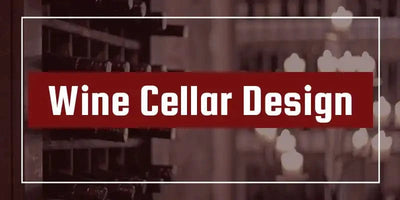
Designing or Upgrading a Wine Cellar?
We got you! Here at Wine Coolers Empire, we will guide you in building your dream wine cellar.


